On the morning of May 20, 2024, Professor Huang Xiaoyu, a researcher from Shanghai Institute of Organic Chemistry, was invited by Professor Huang Hui to give a lecture on "Polymer molecular Brush and its Functional Materials" at the University of Chinese Academy of Sciences in Classroom 115 of the first Teaching Building.
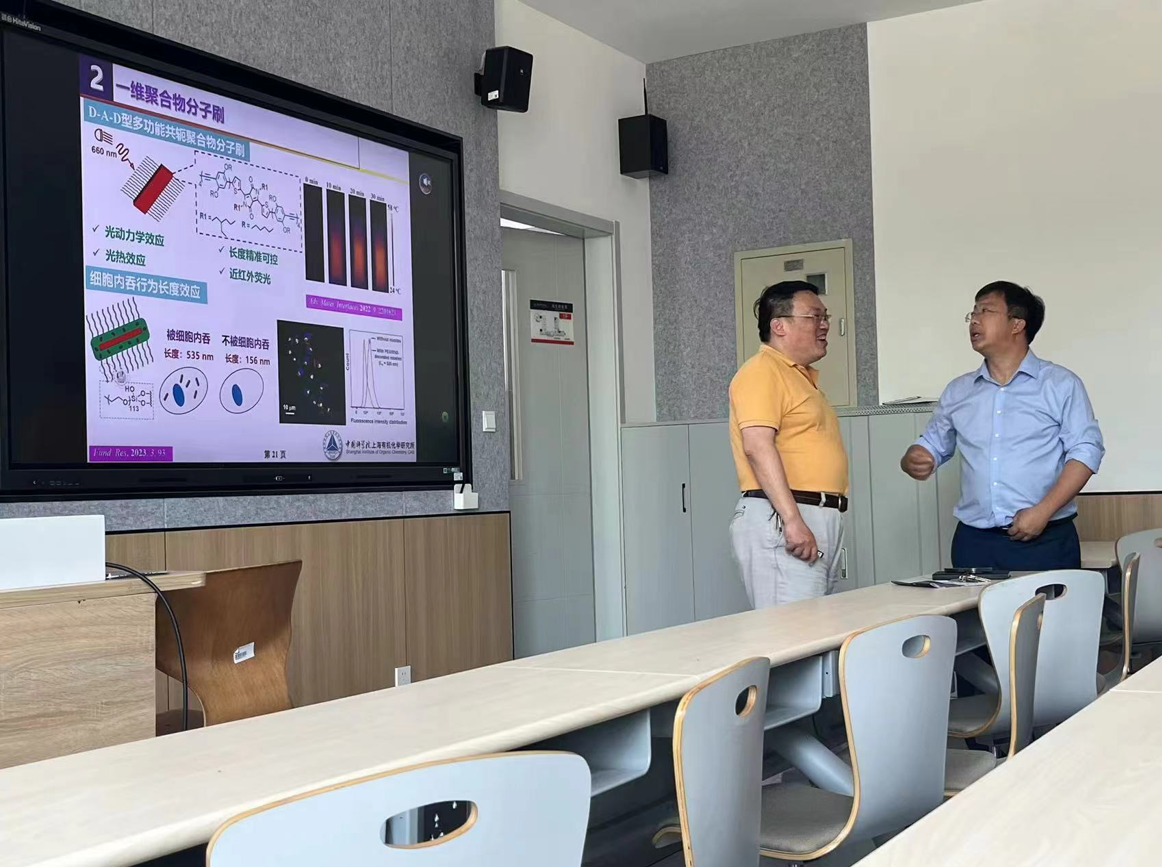
Polymer molecular brushes have been widely used in fingerprint development, catalysis, drug delivery, antifouling coatings and lithium-ion batteries, etc., and have attracted wide attention in recent years.
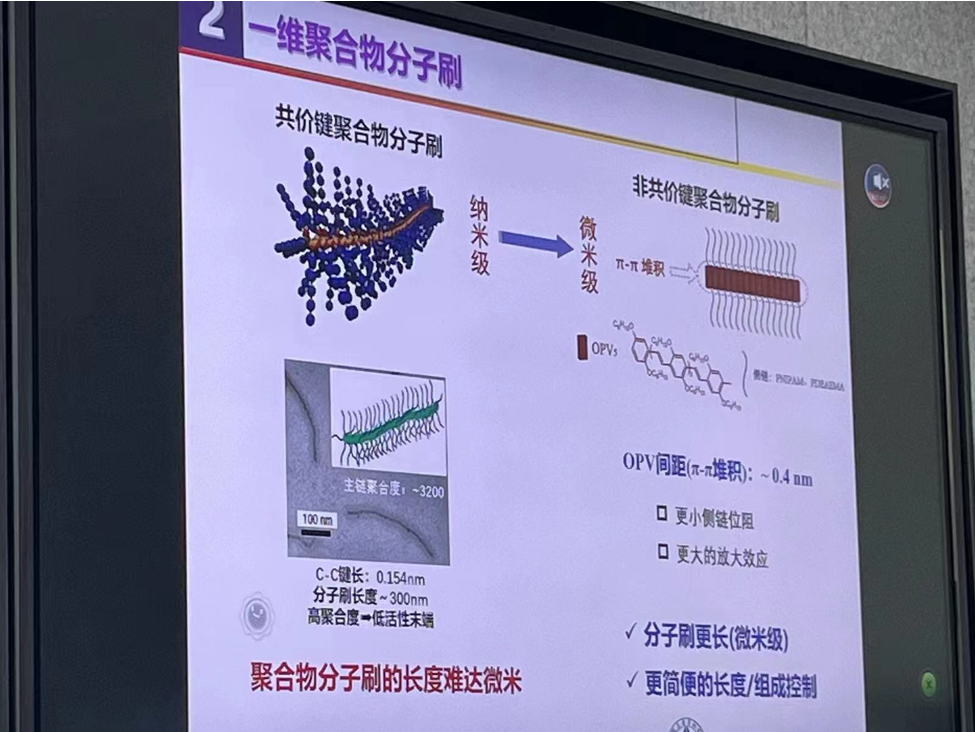
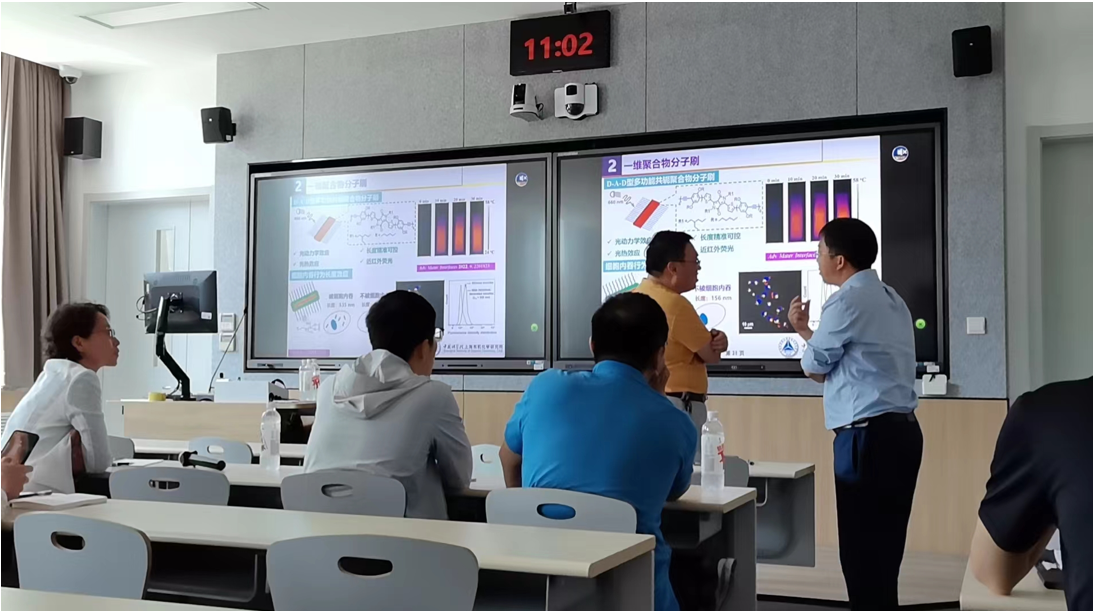
In the lecture, Professor Huang Xiaoyu clearly introduced the definition, difference, structural characteristics and application of one-dimensional, two-dimensional and three-dimensional polymer molecular brushes. The first one-dimensional polymer molecular brush is also known as grafted copolymer, which refers to the copolymer formed by dense grafting of the polymer side chain to the linear polymer chain. The compact structure of one-dimensional polymer molecular brushes produces some unique properties, such as wormlike conformation, compact molecular size, and significant end-chain effects. Two-dimensional and three-dimensional polymer molecular brushes refer to polymer composite systems formed by polymer chains densely linked on the surface of various organic or inorganic substrates. The polymer composite system not only retains the properties of the matrix, but also the introduction of polymer chains gives the composite system special properties, such as corrosion resistance, colloidal stability, anti-adhesion, stimulation response, lubrication and friction. The applications of one-dimensional, two-dimensional and three-dimensional polymer molecular brush materials in fingerprint development, catalysis, drug delivery, antifouling coating and lithium-ion battery are also introduced. Finally, Professor Huang Xiaoyu exchanged and discussed with the on-site teachers and students, and got a warm response from the on-site teachers and students.
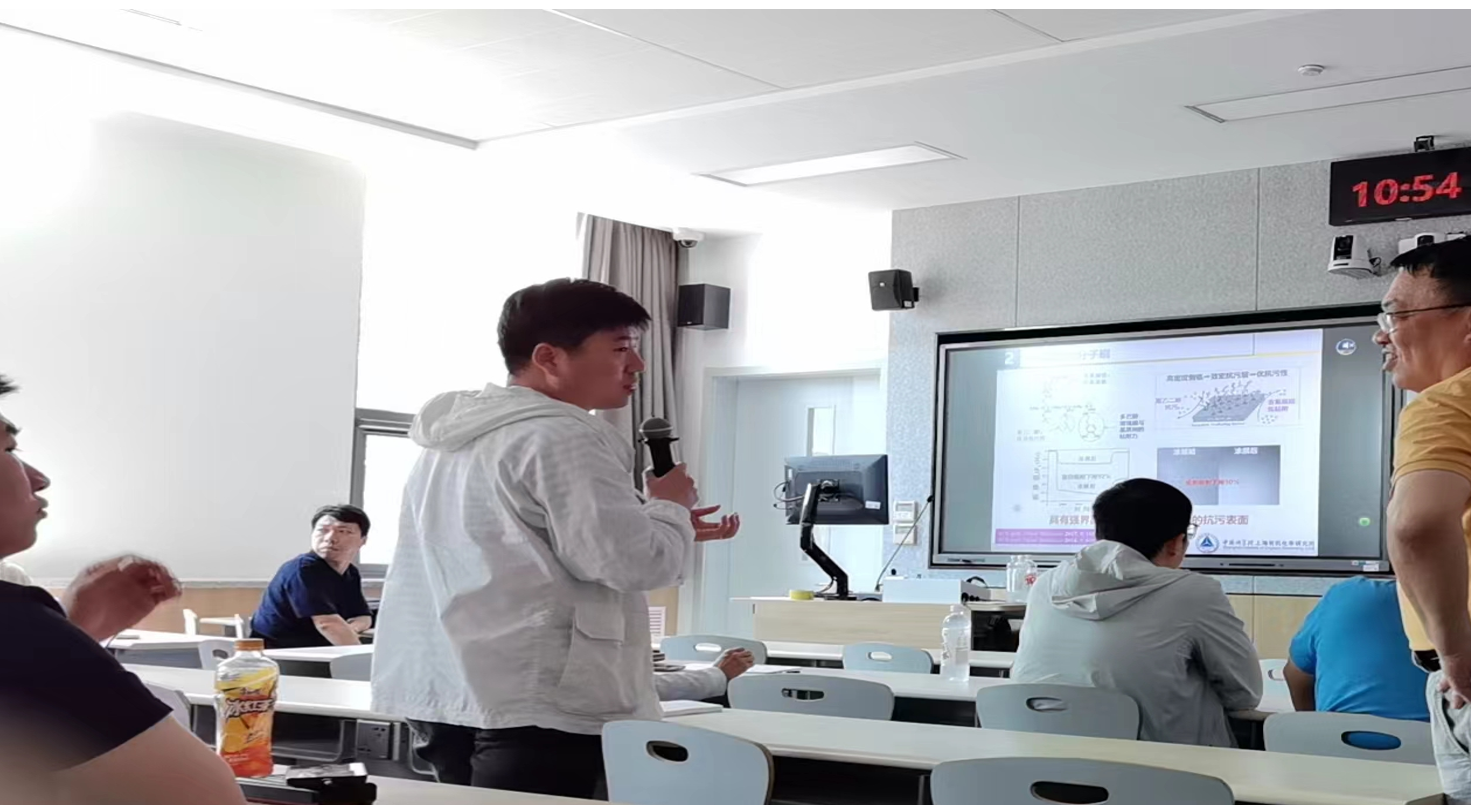
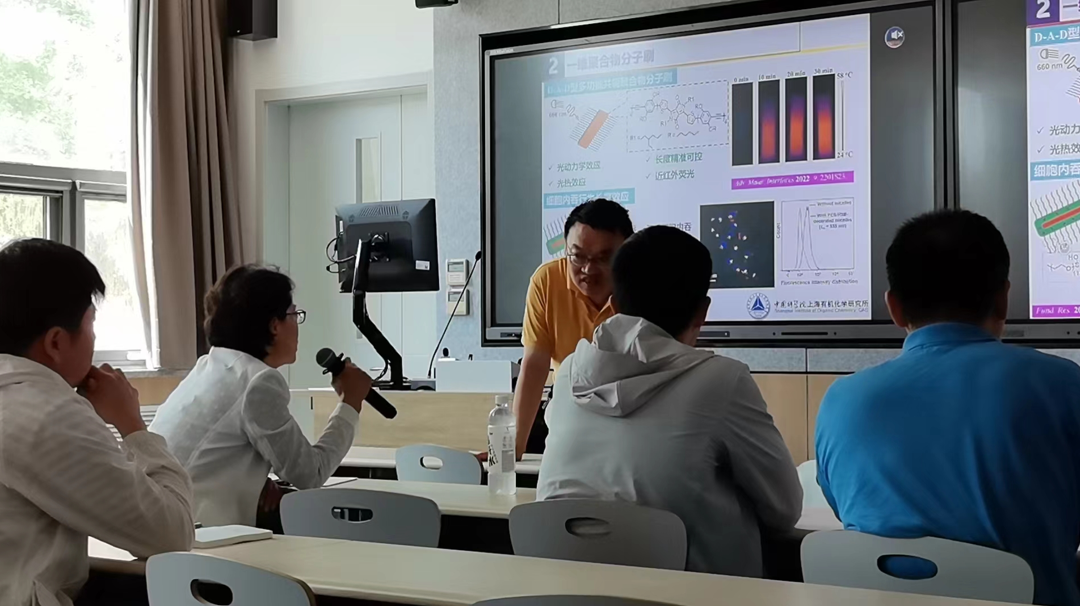
Huang Xiaoyu is a researcher and doctoral supervisor of Shanghai Institute of Organic Chemistry, Chinese Academy of Sciences. He graduated from the junior Class of Nanjing University in 1993 and from the Department of Polymer Science of Fudan University in 1998. From 1998 to 2001, he conducted postdoctoral research in the University of Toronto, Canada and the University of Akron, USA. In 2001, he was selected into the "100 Talents Program" of the Chinese Academy of Sciences and was employed as a researcher and doctoral supervisor of Shanghai Institute of Organic Chemistry of the Chinese Academy of Sciences. In 2018, it was approved as the National Science Fund for Outstanding Young People. He is mainly engaged in the research of organic polymer functional materials. He has presided over a number of national "863" projects (2), "973" projects and National Natural Science Foundation (11) and other national projects. Since 2017, more than 80 SCI papers have been published in international academic journals, and 11 Chinese invention patents have been authorized. In 2017 and 2022, he won the first prize of Shanghai Natural Science Award twice as the first complete person. In 2021, he won the Zhu Liyuehua Excellent Teacher Award of the Chinese Academy of Sciences.


